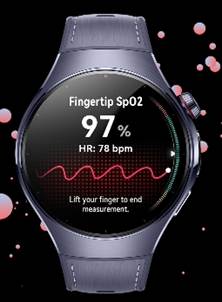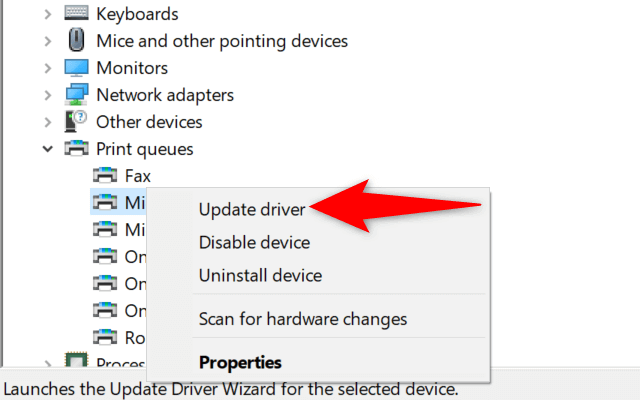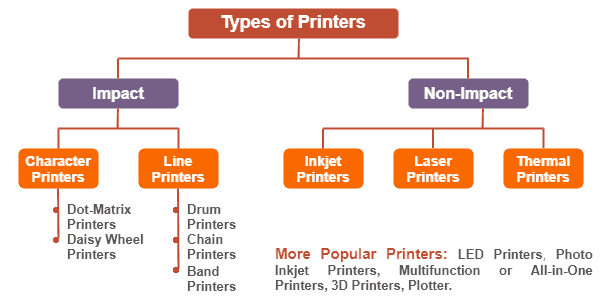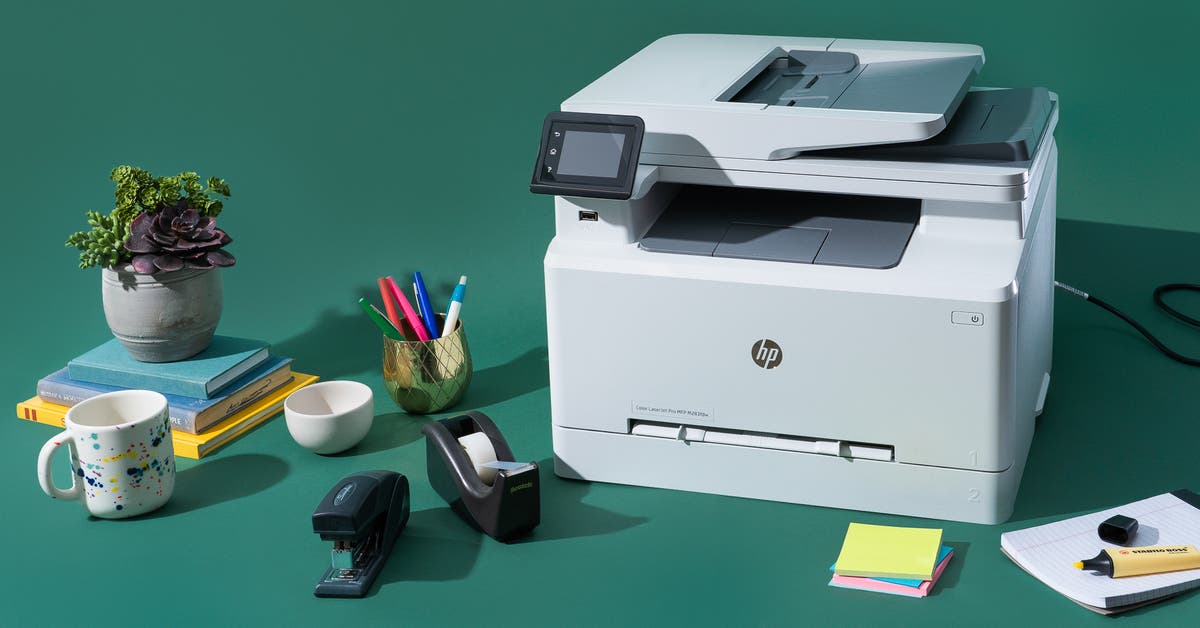Should You Trust Wearables with Your Health Data?
Wearable technology is a
booming industry promising better health management. Devices like smartwatches
and fitness trackers collect vast amounts of personal data, offering valuable
insights into our daily routines. However, this convenience raises concerns
about data safety and privacy. Who else might have access to this sensitive
information? As wearables grow in popularity, understanding their impact on
health data becomes crucial. The key question remains: should we trust these
gadgets with our personal health information?

The Benefits of Wearable Health
Data Collection
Monitoring Health Metrics in Real-Time
Wearables have revolutionized how
we monitor health metrics. They provide instantaneous feedback on heart rates,
steps taken, and calories burned. Unlike traditional methods that require
visits to the clinic, wearables deliver continuous and immediate insights. This
accessibility empowers users to manage their health proactively. It encourages
healthier lifestyle choices, right at their fingertips. By keeping track of
their vitals in real-time, users can address health concerns as they arise,
ensuring timely intervention.
Early
Detection of Health Issues
One of the standout benefits of
wearables is their ability to detect health issues early. Many devices are now
equipped with sensors that can flag irregularities in heartbeat or changes in
activity levels. These alerts can lead to early medical consultations,
potentially catching diseases before they worsen. If unusual patterns are
detected, they can act as a prompt for seeking professional medical advice.
Thus, by providing early warnings, wearables play a vital role in disease
prevention.
Personalization and Tailored Health
Insights
Wearables offer personalized health
insights tailored to individual needs. Using algorithms, these devices analyze
your data to recommend personalized fitness goals. They suggest dietary changes
and even alert you to stress levels. Their insights are based on one’s unique
health journey, providing a more user-centric approach to wellness. These
personalized recommendations transform generalized health advice into specific,
actionable steps for improvement.
Privacy and Security Risks of
Wearable Health Data
Potential for Data Breaches and
Cybersecurity Threats
Data breaches are a significant
concern with wearable devices. Hackers target these gadgets, seeking private
health data. This information, if stolen, can be used for malicious purposes,
such as identity theft. Wearables store sensitive details like heart rates,
activity levels, and location data. Without robust security measures, these
devices become vulnerable points of attack.
Who Has Access to Your Health Data?
Who can access the data collected
by wearables often remains unclear. Manufacturers may sell it to third-party
companies for research or marketing. This raises ethical concerns about privacy
and data misuse. Users should be aware of who can view their health metrics.
Transparency regarding data-sharing practices is critical. Customers must
ensure they understand how and where their data will be used before opting in.
Regulatory Measures to Protect User
Data
Several regulations aim to protect
wearable health data. Policies like GDPR in Europe enforce strict data
protection laws. These measures ensure companies provide clear user consent
forms. They mandate stringent security practices, putting user privacy first.
However, the effectiveness of these regulations depends on enforcement and
compliance by tech companies. It’s vital for users to stay informed about their
rights concerning data protection laws.
Accuracy of Health Data Collected
by Wearables
Validating Health Metrics and Results
Wearables often claim accuracy in
health metrics, but validation raises challenges. Some devices may report
inaccuracies due to sensor errors or poor calibration. Users must be aware that
not all wearables offer medically validated data. For essential health
monitoring, consulting with healthcare professionals remains key. Before making
health decisions, it’s crucial to verify the reliability of the data reported
by consumer-grade devices.
Wearables vs. Medical Devices:
A Comparison
Professional medical devices often
provide more reliable health data. They undergo rigorous testing and are
designed for clinical use. In contrast, wearables target consumer health and
wellness. While useful for everyday monitoring, they shouldn’t replace medical
consultations. It’s important to understand the limitations and roles of these
devices in personal health management. Let’s use wearables as supplementary
tools, rather than primary diagnostic devices.
How Wearables Are Improving
Accuracy Over Time
Wearable technology continues to
improve in data accuracy. Advances in sensor technology and machine learning
contribute significantly. Manufacturers invest in research to enhance the
reliability of health metrics. The integration of AI helps refine and interpret
collected data with greater precision. These improvements bring wearables
closer to the standards of professional medical devices. As technology evolves,
so does confidence in the data supplied by wearables.
How to Safeguard Your Health Data
When Using Wearables
Choosing
Secure Wearable Devices
When selecting wearables,
prioritize security features. Look for brands known for robust data protection
policies. Verify that devices offer regular software updates to patch security
vulnerabilities. Research user reviews for insights into potential security
issues. By doing so, you can better protect your personal information from
unauthorized access. Picking secure devices is an essential step in
safeguarding your health data.

Enabling Data Encryption and
Privacy Settings
Most wearables come with encryption
and privacy settings to protect your data. Enabling these features helps
prevent unauthorized access. Always activate two-factor authentication when
available and update your device’s software regularly to benefit from the
latest security patches. By understanding and using these settings, you can
significantly improve your device’s security and safeguard your personal
information.
Reviewing Terms and Conditions of
Wearable Services
Before using wearables, read the
terms and conditions thoroughly. Understand how your data will be used, shared,
or sold. Look for clauses that explain how your privacy is protected. Be aware
of what you consent to in terms of data sharing. Prioritizing devices that
offer transparency in their data practices ensures you stay informed and in
control.
Conclusion
Wearables offer incredible benefits in personal health monitoring, providing real-time data that helps track activity levels, heart rate, and sleep patterns. However, they also pose challenges in privacy and data accuracy. Balancing these helps users make informed decisions. By understanding the technology, people can leverage the advantages of tools like the Smart band while minimizing risks. Proactive measures in selecting and using wearables ensure data protection, making them valuable allies in our health journey if we remain vigilant about the data they handle.







